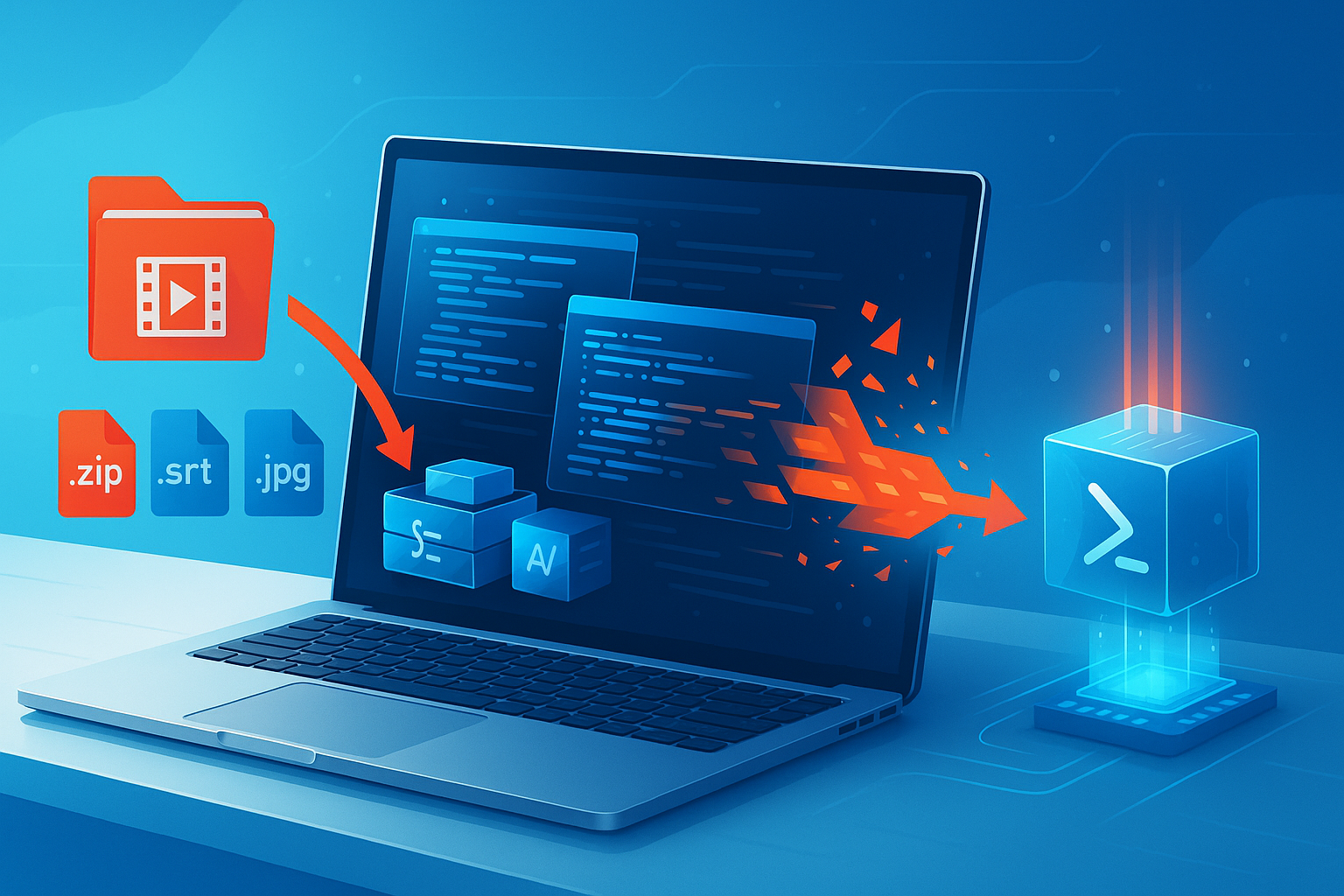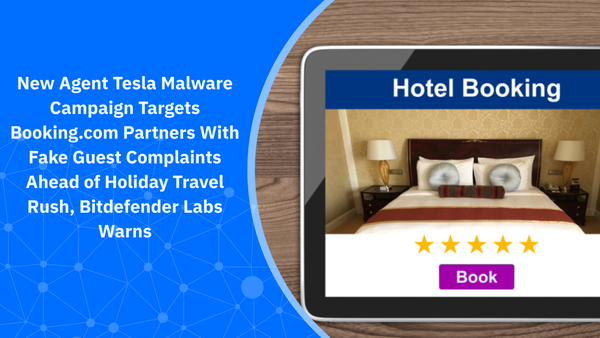What Is HubSpot and What Does It Do? Complete Guide for Small Businesses

If you run a small business or startup, you’ve probably heard of HubSpot—one of the most widely adopted CRM platforms out there. As of December 2024, HubSpot had almost 248,000 paying customers across 135 countries, a jump from approximately 205,000 the previous year.
In this guide, we’ll cover everything you need to know—what HubSpot is, what it does, and how to use it. We’ll also look at security best practices, because when it comes to growth, protecting your data matters just as much as building your pipeline.
What Is HubSpot?
HubSpot is a customer relationship management (CRM) platform that helps businesses attract leads, manage sales, and improve customer relationships using marketing, sales, and service tools—all in one place. Think of it as a central hub where you can manage your entire customer journey—from the first time someone visits your website to becoming a loyal client.
Unlike juggling multiple apps for email, social media, and analytics, HubSpot combines everything under one roof. This can save time, reduce complexity, and give you a clear picture of your customer interactions.
Why HubSpot Works for Small Businesses
HubSpot packs a lot into its CRM, giving small businesses the tools they need to work smarter without juggling multiple platforms.
Sales Productivity Made Simple
HubSpot gives you a clear view of your entire pipeline through an easy-to-read dashboard. You can see where every deal stands in real time and get email notifications for important updates, so nothing gets missed. Live chat and call tracking make it easy to stay in touch with leads and customers whenever they need you.
Smarter Marketing Without the Overload
You can create email campaigns using simple drag-and-drop templates, manage all your social media accounts from one dashboard, and use built-in SEO tools to improve your website’s visibility. Detailed performance reports show what’s working and what needs attention.
Customer Service That Keeps People Happy
For small businesses, great support is a big deal. HubSpot’s ticketing and help desk tools keep things organized so no customer question gets lost. Real-time options like live chat and chatbots help you respond quickly, while a full history of past interactions means your team always has the context to provide personalized service.
Content and Operations in One Place
You can manage content, optimize for SEO, and keep your site looking professional. On the operations side, HubSpot syncs your data and connects with tools you already use—like QuickBooks and Google Workspace—so everything runs smoothly.
What Is HubSpot Used For?
Small businesses and startups use HubSpot to simplify tasks that often take too much time or require multiple apps.
Here are some of the most common ways companies put HubSpot to work:
- Generating leads: Create landing pages and sign-up forms that capture visitor details automatically.
- Automating email marketing: Set up welcome emails, follow-up sequences, and newsletters without manual effort.
- Managing sales follow-ups: Schedule calls, track deals, and get reminders so no opportunity slips through the cracks.
- Improving customer service: Use ticketing systems and chatbots to answer questions quickly and keep customers happy.
- Publishing content: Plan, write, and optimize blog posts and web pages from the same dashboard.
- Tracking performance: Use built-in analytics to see which campaigns bring results and where you can improve.
Why Choose HubSpot?
Thousands of small businesses choose HubSpot due to its affordability, easy of use and scalability - powerful features that grow with your business.
Cost-Effective for Small Businesses
HubSpot offers one of the most generous free plans in the CRM market, covering essentials like contact management, email tracking, and basic reporting. It’s ideal for businesses just starting out. When you’re ready for more advanced tools, Starter plans begin at around $18 per month, allowing you to add features without overspending. You only pay for what you need, when you need it.
Easy to Use, Even for Non-Tech Users
One reason small businesses love HubSpot is its user-friendly design. The dashboard is clean and intuitive, so you don’t need to be a tech expert to get started. HubSpot also automates repetitive tasks like data entry—logging calls, emails, and meetings automatically—so you can focus on growing your business. Features like customizable email and landing page templates keep your branding consistent without extra design costs.
Automates Your Workflow
Schedule follow-ups, automate emails, and set reminders so nothing falls through the cracks. These time-saving tools improve productivity and ensure your customers get a timely response, every time.
Scalable and Well-Integrated
HubSpot grows with you. Whether you have a two-person team or a growing staff, you can add features as needed. It also integrates smoothly with popular tools like QuickBooks, Google Workspace, and Slack, allowing you to keep the apps you love while managing everything from a single platform. Plus, the HubSpot mobile app lets you stay connected on the go.
Related:
What is Slack & How to Secure Your Small Business Communication
Tips for Using Google Workspace Safely
QuickBooks for Small Business: What it is & how to secure it
Are You Using Trello? Here’s How You Can Protect Your Data From Hackers
Community and Support
If you ever need help, HubSpot offers extensive resources, including tutorials, guides, and a global user community. Paid plans include additional support options, so you’re never left figuring things out alone.
HubSpot for Startups and Pricing
HubSpot is especially popular with startups and small businesses because it offers tools that scale with your growth—and a Startup Program that makes it even more affordable.
If you qualify, you can get:
- Big discounts on premium software plans
- Onboarding support to set up your CRM quickly
- Access to a network of investors and partners to help your business grow
When reviewing HubSpot pricing plans, you’ll see options for every stage of growth, from a free plan to advanced packages for larger teams.
- Free Plan – Includes core CRM features like contact management, email tracking, and reporting. Perfect for businesses just starting out.
- Starter Plans – Begin at about $18–$20/month, adding marketing automation and sales tools.
- Professional Plans – Start around $890/month, offering advanced automation, reporting, and customization.
- Enterprise Plans – Custom pricing for large teams with complex needs.
Tip: If you’re unsure which plan to choose, start with the free version. You can upgrade anytime as your business grows and needs change.
How to Use HubSpot
Getting started with HubSpot is easier than you might think. Here are the essential steps to set up HubSpot and make the most of its tools:
- Sign up for a free account at hubspot.com.
- Set up your CRM by importing your existing contacts or starting fresh.
- Connect your tools like email, social media, and your website so everything works from one dashboard.
- Explore the hubs—most businesses start with the Marketing or Sales Hub, depending on their goals.
- Automate routine tasks with workflows for follow-ups, reminders, and email campaigns.
- Track your progress using HubSpot’s built-in analytics to see what’s working and where you can improve.
HubSpot has free tutorials and training courses that walk you through each step.
How to Stay Safe While Using HubSpot
HubSpot is a secure platform, but protecting your account is your responsibility, too. A compromised account can lead to data leaks, phishing risks, and serious damage to your reputation.
Here’s how to stay safe:
- Turn on two-factor authentication (2FA) for all users.
- Use strong, unique passwords and store them in a password manager.
- Control permissions—give each employee only the access they truly need.
- Review connected apps regularly and remove anything you no longer use.
- Stay alert to phishing emails targeting your login credentials.
How Bitdefender Keeps Your HubSpot Account Secure
Bitdefender Ultimate Small Business Security adds the protection your business needs beyond HubSpot’s built-in security. It shields your accounts from phishing attacks and scams, protects your digital identity, and includes Scam Copilot—a smart tool that helps you identify scams instantly.
HubSpot can help you attract customers and manage your business with ease—but security should never be an afterthought. Pair it with strong protection so your growth journey stays safe.
Try Bitdefender Ultimate Small Business Security for free and protect what you’ve worked so hard to build.
FAQs
What is HubSpot used for in business?
HubSpot is used to manage customer relationships, automate marketing, track sales, and provide customer support. It helps businesses attract leads, close deals, and improve customer experience—all from one platform.
What is the difference between HubSpot and Salesforce?
HubSpot is known for its simplicity and free CRM option, making it ideal for small businesses and startups. Salesforce offers more advanced customization and features, but comes with a steeper learning curve and higher cost.
Is HubSpot worth it for small businesses?
HubSpot is worth it for small businesses because it offers a free CRM with essential tools, easy-to-use marketing and sales features, and scalable plans as your business grows.
Is HubSpot CRM really free?
HubSpot CRM is completely free and includes core features like contact management, email tracking, and basic reporting. You can upgrade to paid plans for advanced marketing, sales, and automation tools.
How does HubSpot work?
HubSpot works as an all-in-one platform that connects your marketing, sales, and customer service tools. It centralizes your data, automates tasks, and provides analytics so you can attract leads, manage customers, and grow your business efficiently.
Is HubSpot secure?
HubSpot uses encryption, strong access controls, and security certifications to protect data. However, you should also enable two-factor authentication and follow best practices to keep your account safe.
Can I use HubSpot on mobile?
Yes. HubSpot offers a mobile app for iOS and Android, allowing you to manage contacts, track deals, and monitor campaigns on the go.
tags
Author
Cristina Popov is a Denmark-based content creator and small business owner who has been writing for Bitdefender since 2017, making cybersecurity feel more human and less overwhelming.
View all postsRight now Top posts
Cybercriminals Use Fake Leonardo DiCaprio Film Torrent to Spread Agent Tesla Malware
December 11, 2025
Genshin Impact Scam Alert: The Most Common Tricks Used Against Players
December 05, 2025
How Kids Get Automatically Added Into WhatsApp Groups with Horrific Imagery Without Consent
November 24, 2025
Scammers Exploit Hype Around Starbucks Bearista Cup to Steal Data and Money, Bitdefender Antispam Lab Warns
November 18, 2025
FOLLOW US ON SOCIAL MEDIA
You might also like
Bookmarks









